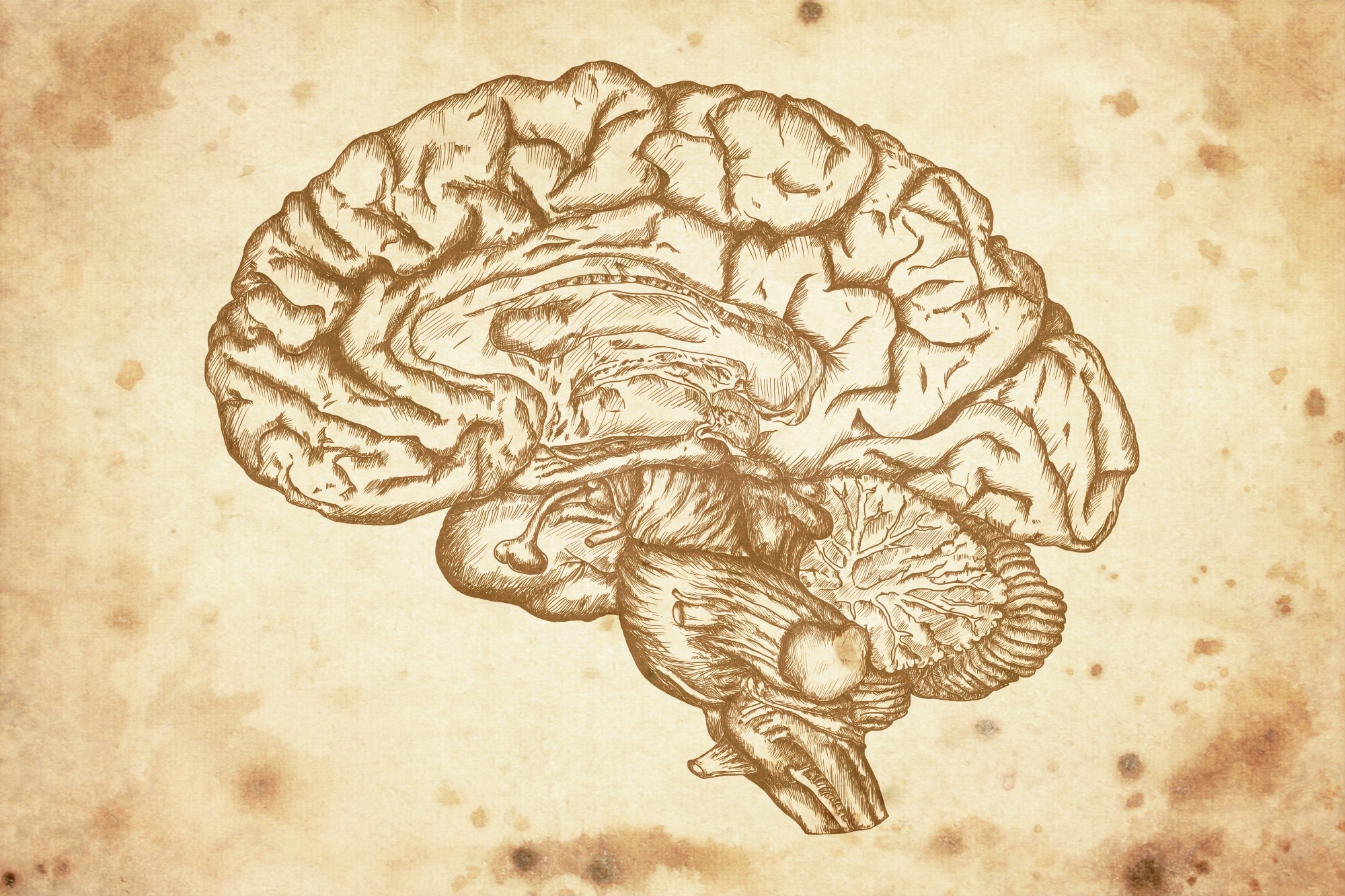Breakthrough MRI scans reveal hidden hypothalamic changes in young women, shedding light on the biological roots of anorexia and obesity, and paving the way for targeted treatments.
 Study: Unraveling neural underpinnings of eating disorders in the female brain: Insights from high-field magnetic resonance imaging. Image Credit: Suppakjj1017 / Shutterstock.com
Study: Unraveling neural underpinnings of eating disorders in the female brain: Insights from high-field magnetic resonance imaging. Image Credit: Suppakjj1017 / Shutterstock.com
A recent editorial feature published in the American Journal of Clinical Nutrition discusses the use of a novel imaging technique to investigate how certain structural features of the hypothalamus affect eating behaviors.
A new approach to studying the hypothalamus
Women are more likely to develop eating disorders like anorexia nervosa than men, particularly during puberty. Despite this disproportional occurrence, few studies have investigated the role of the female brain in neuroscience and psychiatry.
The hypothalamus is a small, heterogeneous brain structure in the diencephalon that regulates homeostatic and hedonic functions involved in feeding behaviors. Current imaging techniques are limited in their ability to capture nuclei subsegmentation within the hypothalamus. As a result, most studies investigating the role of the hypothalamus have been conducted in rodents.
Utilizing precision imaging to investigate the neurobiological roots of eating disorders offers a critical avenue for driving progress.”
In a previous study published in the Journal of Clinical Medicine, researchers identified microstructural alterations in the hypothalamus of young adult females with anorexia nervosa and obesity. To this end, a highly sensitive, ultrahigh-resolution T1 quantitative magnetic resonance imaging (MRI) is needed to overcome the limitations associated with traditional imaging modalities incapable of visualizing the human hypothalamus.
Herein, the hypothalamus of forty-four young females was imaged, twenty-one of whom were of normal weight, thirteen diagnosed with restrictive anorexia nervosa, and ten developed obesity. Appropriate age-matching removed any potential age-related bias.
Volumes and quantitative T1 values of individual hypothalamic nuclei, which served as proxy markers of cellular integrity, were compared after whole-brain normalization using nonparametric tests. Multivariate nonlinear partial least square (NIPALS) analysis was conducted to identify the factors associated with body mass index (BMI) and eating disorders, such as ghrelin and leptin levels, magnetic resonance imaging (MRI) parameters of hypothalamic nuclei, depression, and anxiety.
In this multidisciplinary strategy, 7T MRI data of hypothalamic subregions were bridged with measures of eating behaviors, anxiety, mood, and peripheral hunger—and satiety-related hormone levels.
Study findings
Volumetric data and quantitative T1 measures of 50 distinct hypothalamic brain regions were obtained. Patients living with anorexia nervosa and, to a lesser extent, obesity had characteristic differences in the hypothalamic para- and periventricular nuclei, as well as connecting fiber tracts, compared to those with normal weight.
Both para- and periventricular nuclei were found to play crucial roles in feeding behaviors, thus indicating that any microstructural alterations in these regions may contribute to the pathophysiology of eating disorders.
Volume reductions are typically associated with atrophy in aging or neurodegenerative diseases. Comparatively, increased brain volumes in younger populations correlate with swelling or inflammation in neuronal tissues. The researchers reported that larger hypothalamic subregions may contribute to eating disorders in females.
The current study also suggested potential underlying mechanisms for which younger women are at an increased risk of developing eating disorders. Mechanistically, the larger hypothalamic subregions, which may arise due to inflammatory processes, could cause imbalances in food consumption and eating disorders in females.
Considerable variations in leptin and ghrelin levels, along with changes in paraventricular nuclei, right anterior commissure, and left fornix, were observed in females with high body mass index (BMI) values and anorexia, which were associated with eating disorder severity.
Conclusions and future outlook
The novel neuroimaging technique discussed in this study allowed researchers to identify specific changes in hypothalamic regions in young adult females that contributed to their eating disorders. Notably, glucagon-like peptide 1 (GLP-1) receptor agonists were found to target the arcuate subnucleus of the hypothalamus and improve unhealthy eating behavior.
In the future, longitudinal studies should be conducted to understand whether modifications in hypothalamic subregional size and quantitative T1 precede the onset of symptoms. A follow-up analysis of structural and functional connectivity in hypothalamus subregions may also elucidate the neural processes within extended limbic and cortical networks in patients with eating disorders.
Journal reference:
- Witte, A. V., & Sacher, J. (2025) Unraveling neural underpinnings of eating disorders in the female brain: Insights from high-field magnetic resonance imaging. The American Journal of Clinical Nutrition. 121(5), pp. 943-944. doi:10.1016/j.ajcnut.2025.02.027